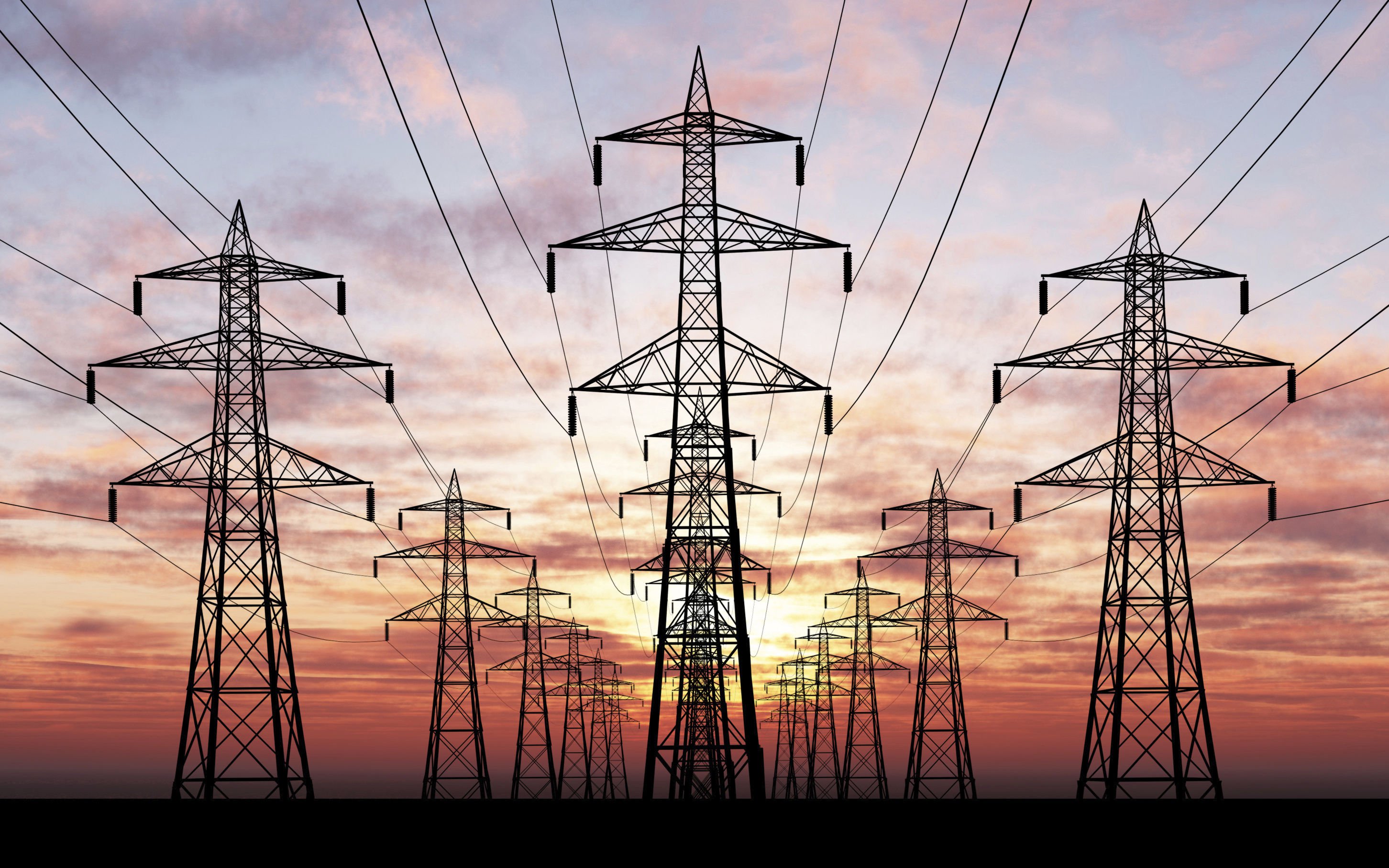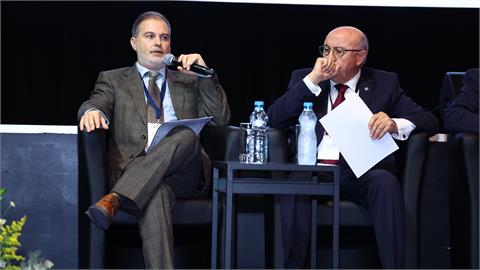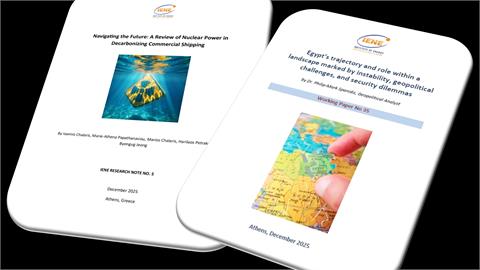Now in its fourth year IENE’s Weekly Electricity Market Analysis for SE Europe, which is send to members and associates every Wednesday, provides a well-informed overview of how the market functioned in the week that passed and explains why and how prices moved the way they have. Demand, normally driven by weather conditions, remains a major factor in price formation together with variable renewables which are featuring more and more in the region’s power mix.
Now in its fourth year IENE’s Weekly Electricity Market Analysis for SE Europe, which is send to members and associates every Wednesday, provides a well-informed overview of how the market functioned in the week that passed and explains why and how prices moved the way they have. Demand, normally driven by weather conditions, remains a major factor in price formation together with variable renewables which are featuring more and more in the region’s power mix. Thermal power from coal/lignite, natural gas and nuclear also play key role as they provide much needed base load.
As IENE’s Weekly Electricity Analysis for Week 3 notes, «electricity prices in SEE remained at previous week’s level converging in the range of 200 – 227 €/MWh, falling slightly in most markets, but rising in Romania and Bulgaria, where it remained at lower levels during the previous week. Additionally lower wind and hydropower generation has exerted upwards pressure to regional spot electricity prices. Moreover, electricity demand rose slightly in in all regional markets except in Romania and the Western Balkans, contributing further to spot electricity price stabilization above 200 €/MWh. Additionally, European spot gas prices falling below 85 €/MWh, was an important driver for stabilizing spot electricity prices amidst a period of increased demand due to cold weather conditions. Weekly average spot electricity prices in Central Europe consolidated, moving at a range of 169 - 227 €/MWh, driven by the high weekly windpower output in Germany and by the relatively lower spot gas prices. Poland, once again, registered the lowest weekly average spot electricity price at 134.58 €/MWh driven by the low cost of coal-fired generation. Respectively, weekly average spot electricity prices in SEE moved in the range of 210 – 227 €/MWh, with wholesale electricity prices forming lower in Romania and Bulgaria, converging absolutely at a weekly average of 200.83 €/MWh, driven primarily by relatively high windpower output in the first half of the week. Turkey saw a significant w-w increase of spot electricity prices (+10%), which was slightly mitigated by a minor recovery of the Turkish lira».
As we entered Week 3, IENE’s Weekly report observed, «electricity demand remained relatively stable throughout the region as weather conditions were similar to Week 2. Exceptions of markets where electricity demand moved by more than 1% in comparison to Week 2 were Bulgaria and Turkey, where electricity demand rose and Croatia where demand fell. During week 3 Turkey and Bulgaria experienced a volatile weather pattern with temperatures registering highs during 17/1 -18/1 and 20/1 – 21/1 and lows during 19/1 and 22/1 – 23/1, affecting notably the electricity consumption for heating, driving the overall electricity demand higher by 1.91% and 3.04% respectively. In Croatia electricity demand hit low values during Monday 17/1 – Tuesday 18/1 and Saturday 22/1 – Sunday 23/1 driving electricity consumption lower in comparison to Week 2 by 1.63%. Mild increases of electricity demand were observed in Greece, Italy and Hungary, while electricity demand receded marginally in Serbia and Romania».




